Timberline Chainsaw Sharpener Review
- January 3, 2024
- 2 comment
If you’ve spent time using a chainsaw, you know a sharp chain is essential. It’s not just about efficiency it’s about safety and getting a clean, reliable cut every time. I’ve tried different sharpening tools over the years, but none have been quite like the Timberline Chainsaw Sharpener. Priced at $124.95, it’s an investment, but I wanted to see if it could truly deliver on its promise of precision, consistency, and durability. Here’s my detailed experience, from setup to performance and practical insights for anyone considering this tool.
Timberline Chainsaw Sharpener Specifications
- Carbide Cutter Sizes: 7/32″, 13/64″, 3/16″, 11/64″, 5/32″, 1/8″.
- Weight: 0.95 lbs (15.25 oz).
- Dimensions: 5.5 × 4 × 4 inches.
- Additional Features: Offers standard 30˚ angle guides, with optional 25˚/35˚ guides.
It arrives in a compact case for easy storage. One standout feature is the carbide chainsaw sharpener design, which uses a rotating carbide cutter for each tooth. This delivers a sharper and more consistent edge than traditional methods. With the Timberline, the cutters are adaptable to various chain sizes, making it a versatile chainsaw sharpening tool.
Unboxing and First Impressions: What’s Inside?
Upon opening the package, I immediately noticed the solid construction. The main jig feels sturdy, with the carbide cutters built for long-term durability. Timberline includes a carrying case, which I found convenient for organizing accessories but not necessary for portability. My unit came with brass angle guides, a thoughtful upgrade for added durability, as well as a 3/16″ carbide cutter, which perfectly suited my Husqvarna Rancher 450. Setting it up took a little effort, though, especially when aligning the guides to pass the chain smoothly.
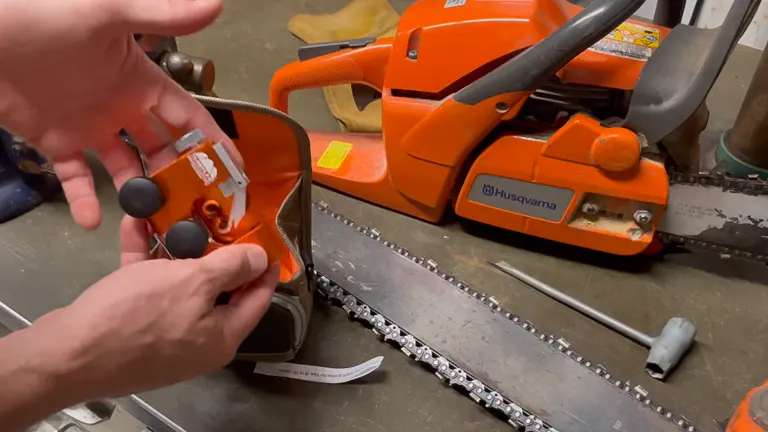
I first tried the sharpener on my MS460 with a 28″ bar. It required a bit of tweaking to align correctly, but once I got the hang of it, I realized this handheld chainsaw sharpener was built for precision. Every detail, from the solid jig to the rotating cutter, feels designed to make sharpening as smooth and efficient as possible. This isn’t the kind of tool you just set up and go—you’ll want to get the setup right to get the best results.
How to Use the Timberline Chainsaw Sharpener
To start, attach the jig to the chainsaw bar with the clamps. I quickly learned that marking the first tooth with a Sharpie was helpful, as it keeps you aware of your starting point and prevents redundant sharpening. Each tooth is sharpened with a rotational motion instead of the back-and-forth of a standard file. This unique approach helps maintain a consistent angle, delivering a sharp, professional-grade edge every time.
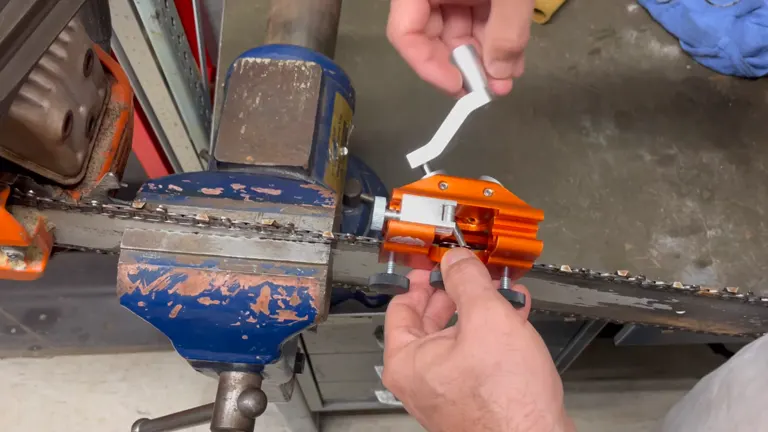
At first, I struggled to get the hang of rotating the cutter smoothly, especially on more worn teeth. But once I adapted, it became clear that the Timberline excels in offering a precise angle, thanks to the jig. Using it on each tooth felt methodical but rewarding. If you’re used to hand-filing, this setup might feel a bit complex at first, but the consistency in results makes it worthwhile.
Performance and Results
I put the Timberline to the test with a heavily-used chain, wanting to see how well it handled significant dullness. The sharpening process took about 33 minutes, but the difference in the chain’s performance afterward was undeniable. Before sharpening, the chain struggled and produced fine sawdust, a telltale sign of dullness. After using the Timberline, it cut cleanly, with large chips instead of dust, moving through wood smoothly.

One advantage I noticed was the fixed-angle sharpening. Unlike with a hand file, where it’s easy to vary the angle unintentionally, the Timberline keeps each tooth at a precise angle, ensuring uniformity. This consistency not only improves the chain’s performance but also extends its lifespan since there’s no unnecessary metal removal.
Alternating Teeth: One of the features that really impressed me was the ability to sharpen alternating teeth without needing to flip the saw. This saves time and ensures you’re maintaining even sharpness across both sides of the chain. I previously used to sharpen one side, then reposition to do the other, but the Timberline’s design simplifies this significantly.
Versatility Across Chain Sizes: The chainsaw chain sharpener works with a variety of chains, making it versatile for different saw sizes. The compatibility with six carbide cutter sizes means I could sharpen my larger chains (7/32″) as easily as my smaller ones (5/32″). For someone who uses multiple chainsaws, this versatility is valuable.
- 7/32″ (5.5 mm): Ideal for .404″ and 3/8″ pitch chains, typically used in larger chainsaws.
- 13/64″ (5.2 mm): Specially designed for “Stihl” Brand 3/8″ pitch chains, accommodating both large and medium chains.
- 3/16″ (4.8 mm): Perfect for .325″ pitch chains, commonly found in medium-sized saws.
- 11/64″ (4.5 mm): Suitable for some .325″ pitch chains, bridging the gap between medium and small chains.
- 5/32″ (4.0 mm): For 3/8″ Low Profile chains, often seen in smaller, more maneuverable saws.
- 1/8″ (3.2 mm): Tailored for 1/4″ pitch chains, used in extra small or specialty saws.
Who Should Invest in the Timberline Chainsaw Sharpener?
After using the Timberline, I can see that it’s a tool best suited for chainsaw users who value precision and don’t mind a bit of setup time. Here’s how I’d break down who might benefit most:
- Frequent Users: If you use a chainsaw regularly but aren’t a full-time logger, the Timberline’s durability and precision make it an excellent choice. It allows you to maintain your chain without needing professional sharpening, saving both time and cost in the long run.
- DIY Enthusiasts: For those who maintain their own tools and enjoy the DIY aspect, this sharpener provides a satisfying, hands-on experience with professional results.
- Those Who Need Consistency: If you’ve struggled with uneven hand-file sharpening, the Timberline offers a solution. Its design helps eliminate inconsistency, giving you a reliable, straight cut each time.
That said, this tool might be overkill for occasional users who only cut a few logs each year or for those who have easy access to professional sharpening services.
Comparison: Timberline Chainsaw Sharpener vs. STIHL 2-in-1 Chainsaw Sharpener
Timberline Chainsaw Sharpener | STIHL 2-in-1 Chainsaw Sharpener | |
|---|---|---|
| Price | $124.95 | $47 |
| Functionality | Precision sharpening for each tooth | 2-in-1 sharpening for cutter and depth gauge |
| Ease of Use | Requires some learning; better for experienced users | User-friendly, great for beginners |
| Durability | Highly durable; carbide cutters last 40+ sharpenings | Robust construction; includes quality files |
| Portability | Portable with carry case, slightly heavier | Extremely lightweight and compact |
| Suitability | Professional and frequent users | Occasional users, DIYers |
| Precision | High precision in sharpening | High precision with dual functionality |
Timberline Chainsaw Sharpener:
- Best For Professionals or those needing precise, individual tooth sharpening.
- Investment Value: Higher priced but offers durability and precision, making it a long-term investment.
- Learning Curve: Not as beginner-friendly, requires some practice to master.
STIHL 2-in-1 Chainsaw Sharpener:
- Best For: Casual or occasional users, and those new to chainsaw maintenance.
- Affordability: More budget-friendly and offers good functionality for its price.
- Ease of Use: Very user-friendly, with guides to assist beginners.
In conclusion, if you’re a professional or require detailed, precise sharpening, the Timberline is a worthwhile investment. For occasional use or if you’re new to chainsaw maintenance, the STIHL sharpener provides a cost-effective, user-friendly solution. Both have their unique strengths, making them suitable for different user needs.
Timberline Chainsaw Sharpener Pros and Cons
Pros
- Delivers high-quality sharpening results, comparable to professional services.
- Significantly reduces the time spent on sharpening, making it a swift process compared to traditional methods.
- Once the initial learning curve is overcome, it offers a straightforward and user-friendly sharpening experience.
- Constructed to be robust, ensuring long-term use and durability.
- Compatible with a wide range of chainsaw chains, making it a versatile tool for different saw types.
- Comes in a handy carrying case, making it easy to store and transport.
- Allows for precise sharpening with minimal deviation, enhancing the chainsaw’s performance.
Cons
- At $124.95, it is a significant investment, especially for casual or infrequent users.
- The initial setup and leveling can be challenging and might require some time to master.
- For severely dulled chains, additional tools like pliers may be needed for adjusting the sharpener.
- Some users may find the tool’s operation and adjustment settings a bit complex initially.
- May not be the most cost-effective solution for professional loggers with access to multiple chains or sharpening services, or for occasional users with minimal sharpening needs.
- Some users might prefer an automated or less hands-on sharpening process.
Final Thoughts: Is the Timberline Chainsaw Sharpener Worth the Price?
At $124.95, the Timberline Chainsaw Sharpener is a significant investment compared to standard sharpening files. However, after using it extensively, I believe it’s worth the price for users who rely on their chainsaws frequently and want high-quality sharpening without needing to outsource.
If you’re serious about maintaining your chainsaw’s performance, the Timberline can help extend the lifespan of your chains and improve cutting quality. For me, the tool has proven its value by saving time, reducing wear, and delivering consistent, professional-grade results. It’s one of the best professional chainsaw sharpeners I’ve used, and I’d recommend it to any serious chainsaw user looking to take control of their sharpening.
Related Articles:
- Granberg Chainsaw Sharpener Review
- T-Rex Chainsaw Sharpener Review
- STIHL 2 in 1 Chainsaw Chain Sharpener Review
- EzzDoo Electric Chainsaw Sharpener Kit Review 2023
- How To Sharpen A Chainsaw Properly: Tips and Tricks
FAQs
- Can the Timberline Sharpener be used on chains that have been previously sharpened by hand?
Yes, it can be used on hand-sharpened chains. However, for the best results and ease of use, starting with chains that have consistent tooth size and angle is recommended. - How does the Timberline Sharpener compare to electric grinders for chain sharpening?
The Timberline Sharpener offers more precision and portability compared to electric grinders. While grinders can be faster, they often remove more material than necessary, potentially shortening the chain’s life. - Is it necessary to buy additional carbide cutters immediately?
The sharpener comes with one carbide cutter. Additional cutters are only needed if working with various chain sizes regularly or if a replacement is needed after extensive use. - Can the Timberline Sharpener damage my chainsaw chain if not used correctly?
Incorrect use, like improper leveling, can lead to uneven sharpening. However, the sharpener itself is unlikely to cause damage if basic instructions are followed. - How do I know when to replace the carbide cutter?
Replacement is needed when you notice a consistent decrease in sharpening quality or if the cutter shows visible signs of wear. Typically, each cutter lasts for at least 40 sharpenings. - Is the Timberline Sharpener suitable for professional chainsaw users?
Absolutely. Its precision and ability to maintain consistent sharpening angles make it ideal for professional use. - Does the sharpener work with chains of different pitches and sizes?
Yes, it works with various chain pitches and sizes, including .404″, 3/8″, .325″, and others, making it highly versatile. - How long does it take to sharpen a chain with the Timberline Sharpener?
The time varies depending on the chain’s condition. A well-maintained chain can be sharpened in less than 20 minutes, while a more worn chain might take longer.
Join the discussion below by sharing your experiences, tips, or reviews. Your contributions help others make informed decisions and navigate their chainsaw choices with confidence. Let’s build a community of shared knowledge for all wood-cutting enthusiasts!

David Murray
Forestry AuthorI'm David Murry, a forestry equipment specialist with a focus on chainsaw operation. With over 13 years of experience, I've honed my skills in operating and maintaining a wide range of machinery, from chainsaws to log splitters. My passion for the outdoors and commitment to sustainable forestry drive my work, which emphasizes safety, efficiency, and staying updated with industry advancements. Additionally, I'm dedicated to sharing my expertise and promoting environmental awareness within the forestry community.
2 comments
I’ve been using a Timberline for about 8 years, and it is my go to for very sharp chains. I quit using shops for my sharpening as they seemed to take too much off and drastically shortening the life of the chain. After practice, you can get really fast and have a very sharp chain easily.

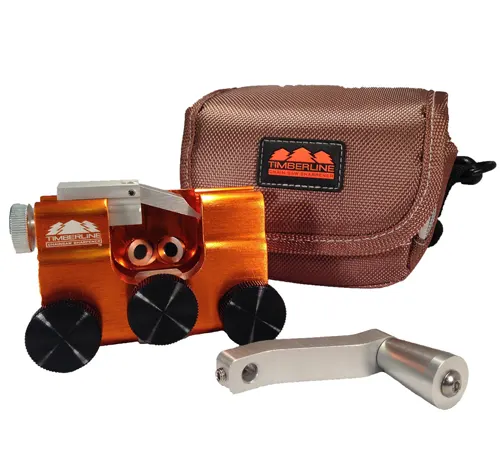
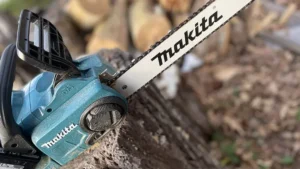
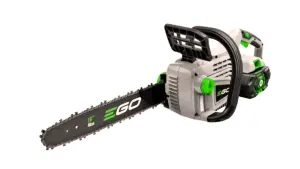
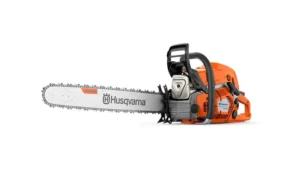
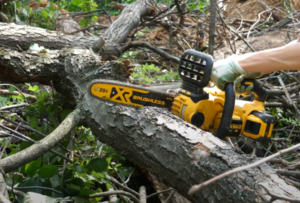
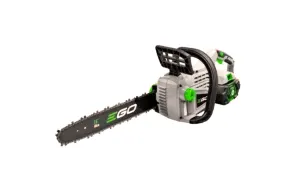
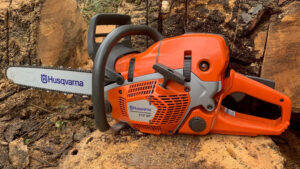
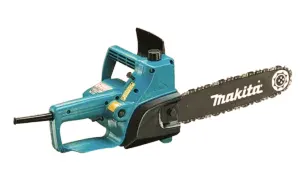
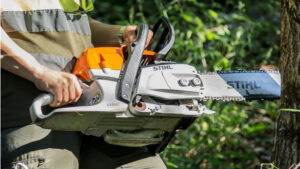
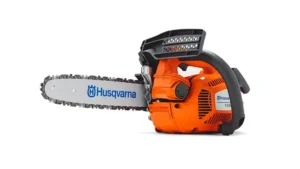

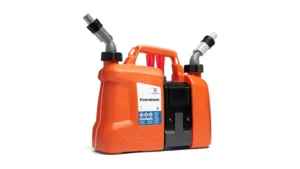
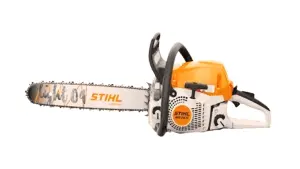
Need instruction book for set up and a phone number to call
Donald Filidei
June 5, 2024 1:52 pm